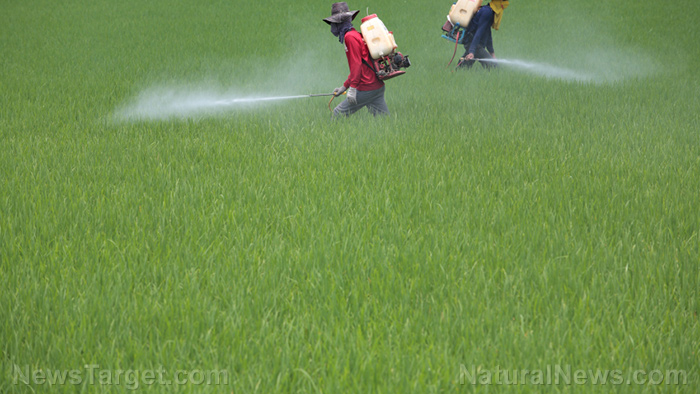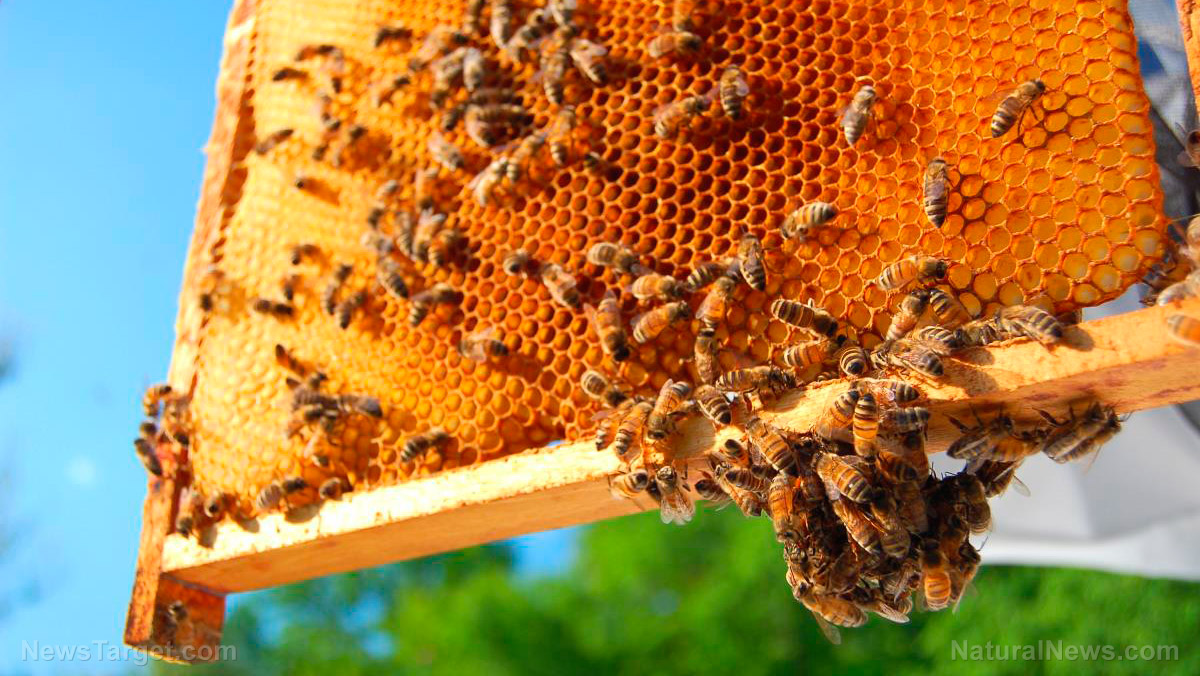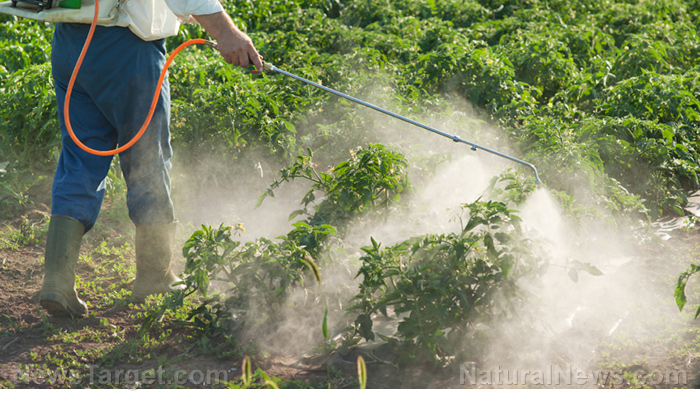Agricultural fertilizers and herbicides in drinking water cause birth defects, say researchers from Texas A&M University
05/11/2016 / By Julie Wilson

Scientists from Texas A&M University recently conducted an overview of 14 studies to observe the impact drinking water laced with agricultural chemicals has on pregnant women and their unborn babies. The research looked at studies published over the last decade and a half, and specifically focused on agricultural areas.
The study was led by Jean Brender, professor emeritus of public health at Texas A&M University, and at the request of the journal Current Environmental Health. Brender has studied the health effects of contaminated drinking water for more than 20 years, making her the ideal candidate to complete the research review.
Upon reviewing the studies, scientists were able to link nitrates, atrazine, and arsenic to birth defects, some of which include severe injury to the brain and spinal cord. Researchers focused on agricultural areas, where farming chemicals routinely make their way into the water supply.
Farming chemicals linked to severe birth defects
The chemicals can be dangerous if the levels are high enough, said Brender.
Produced by the Swiss agrochemical company Syngenta, atrazine is an herbicide widely used to control broad leaf weeds and grasses that can affect crops like corn and sugar cane. The European Union banned the chemical in 2004 due to the harm it causes humans and wildlife, specifically amphibians.
A known endocrine disruptor, atrazine is capable of reversing the sex of male frogs, changing them into females. This property can affect humans similarly as it interferes with naturally occurring hormones in the body, affecting the ability to reproduce and sexual development. Endocrine disruptors may also affect neurological development and the immune system, posing the greatest risk to pregnant mothers, according to the National Institute of Environmental Health Sciences.
Nitrates in the water supply
Plants love nitrogen, which is why farmers use nitrogen fertilizers on crops; however, nitrates can be problematic when they’re washed into drinking water. The Maximum Contaminant Level of nitrate in drinking water is 10 mg/L, established by the Environmental Protection Agency.
Nitrate levels at or above 10 mg/L are known to cause methemoglobinemia (“blue baby syndrome”), a potentially fatal blood disorder affecting infants six months old and younger.
Like atrazine, nitrates pose the most risk to women who are pregnant.
An incomplete brain, protruding spinal cord, cleft palates, abdominal wall defects and limb reduction defects may be caused by these chemicals. Women who gave birth to babies with the aforementioned health problems were more likely to drink water with high nitrate levels than mothers who birthed healthy babies, scientists found.
Water testing
The best way to avoid harmful contaminates in drinking water is to not drink the water. Use bottled water for drinking and cooking any foods that absorb water, such as vegetables, pasta, and rice – particularly if you’re an expecting mother.
If you’re still concerned about contaminates in the tap, you can contact your water supplier to learn what the nitrate and atrazine levels are. Water supplies are required to test for those chemicals periodically.
If you’re on a private well, the water is most likely not monitored by city or state regulatory agencies. In this case, you should be sure to have your water independently tested every few years.
Sources:
Tagged Under: arsenic, Atrazine, Austin Sentinel, Birth defects, Endocrine disruptors, Farming chemicals, Nitrates




















